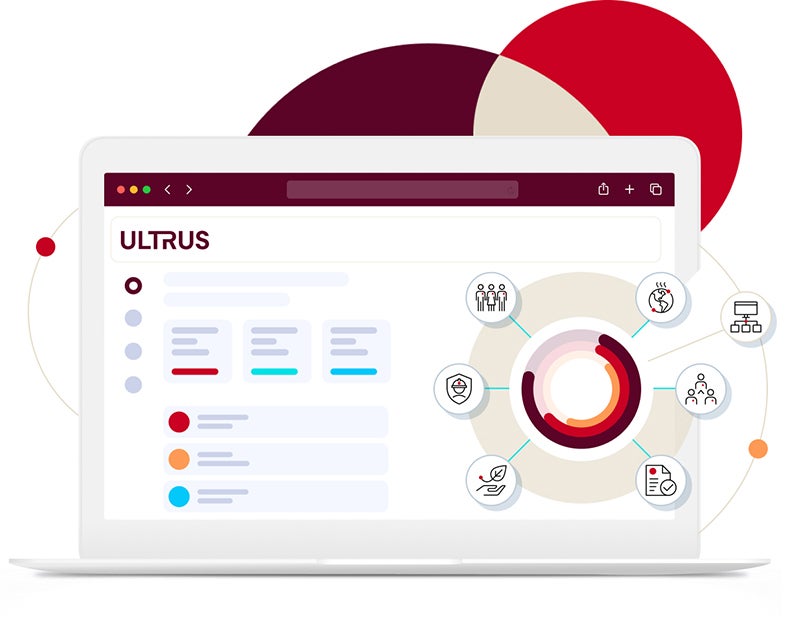.jpg?width=150)
PS EPR White Paper 2025
As a global safety science leader, UL Solutions helps companies to demonstrate safety, enhance sustainability, strengthen security, deliver quality, manage risk and achieve regulatory compliance.
See how we put safety science to work to help create a safer, more secure and sustainable world for you.
Explore our business intelligence-building digital tools and databases, search for help, review our business information, or share your concerns and questions.
A secure, online source for increased visibility into your UL Solutions project files, product information, documents, samples and services.
Access UL certification data on products, components and systems, identify alternatives and view guide information with Product iQ.

ULTRUS™ helps companies work smarter and win more with powerful software to manage regulatory, supply chain and sustainability challenges.
This white paper explores the implications of extended producer responsibility (EPR) laws for producers, focusing on compliance, fees and the transition to a circular economy.

Extended producer responsibility (EPR) is an economic model designed to make producers accountable for the entire life cycle of their products, from design to disposal, with a strong emphasis on environmental sustainability. EPR legislation is sweeping across the United States (U.S.) and has been established in Canada for over 20 years.
Different types of producers — which include manufacturers, brand owners, importers, distributors and retailers — have specific obligations, including reporting data and paying fees for the collection and recycling of their products.
This white paper, Trends in Packaging Extended Producer Responsibility in the United States and Canada, focuses on packaging EPR regulations that typically cover materials (e.g., plastic, paper, cardboard, glass, and metal) used in product packaging as well as packaging used for transport. However, EPR programs cover a wide variety of materials including textiles, automotive products, pharmaceuticals and electronics.
This white paper equips producers with the knowledge and strategies to navigate the complexities of packaging EPR in Canada and the U.S. and highlights the substantial risks associated with noncompliance.
.jpg?width=150)
PS EPR White Paper 2025
To access the white paper, please fill out the form below: